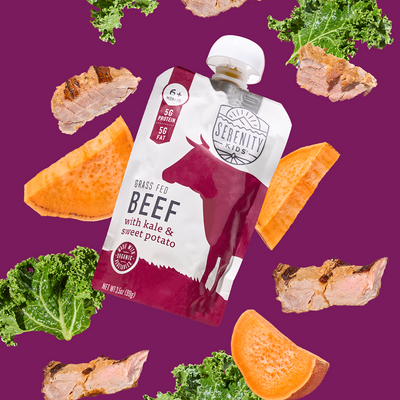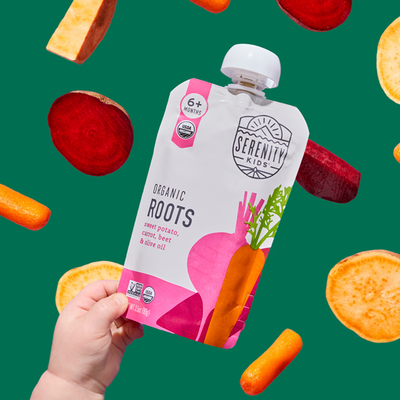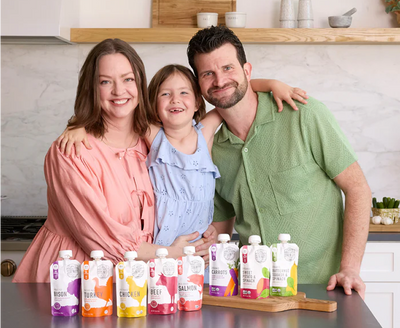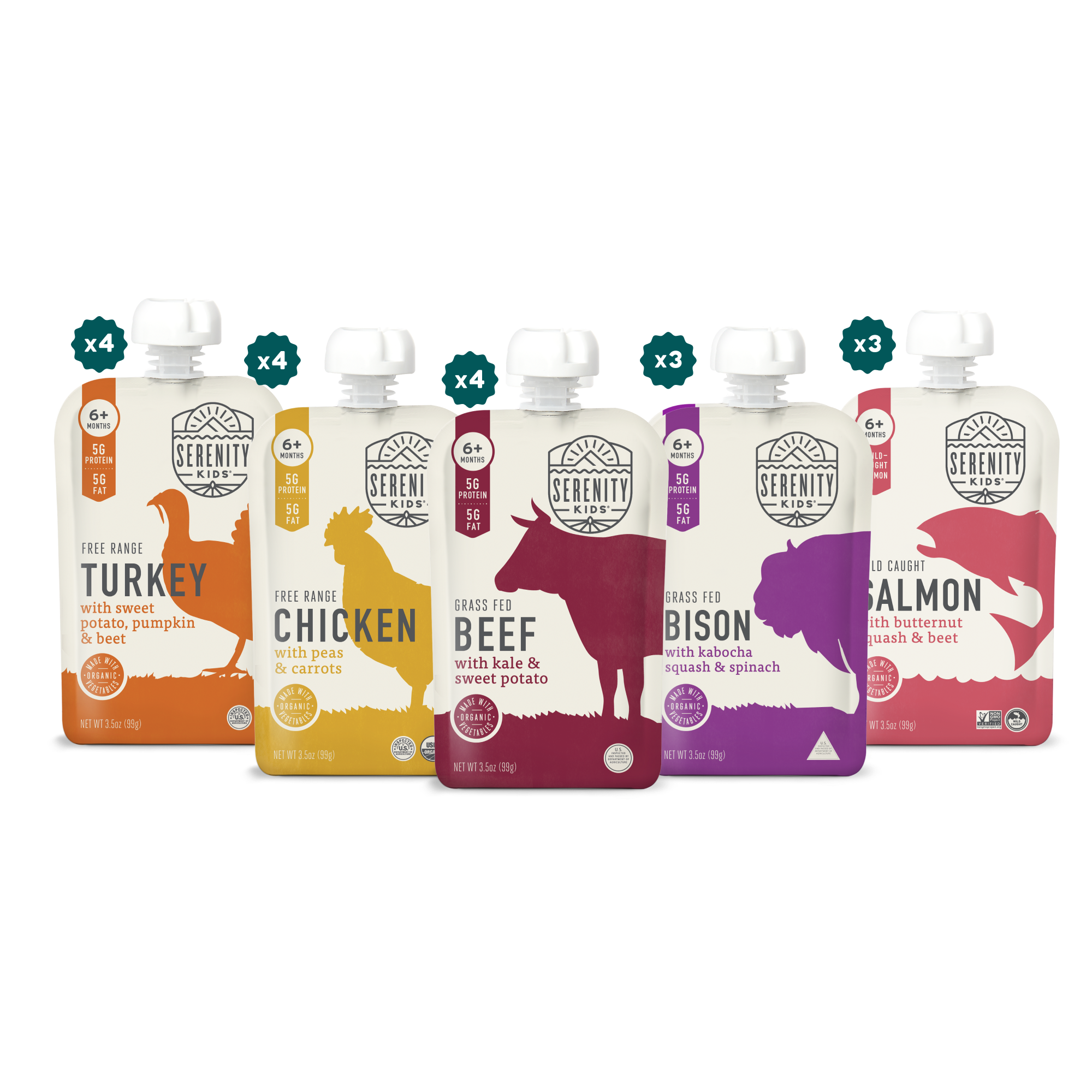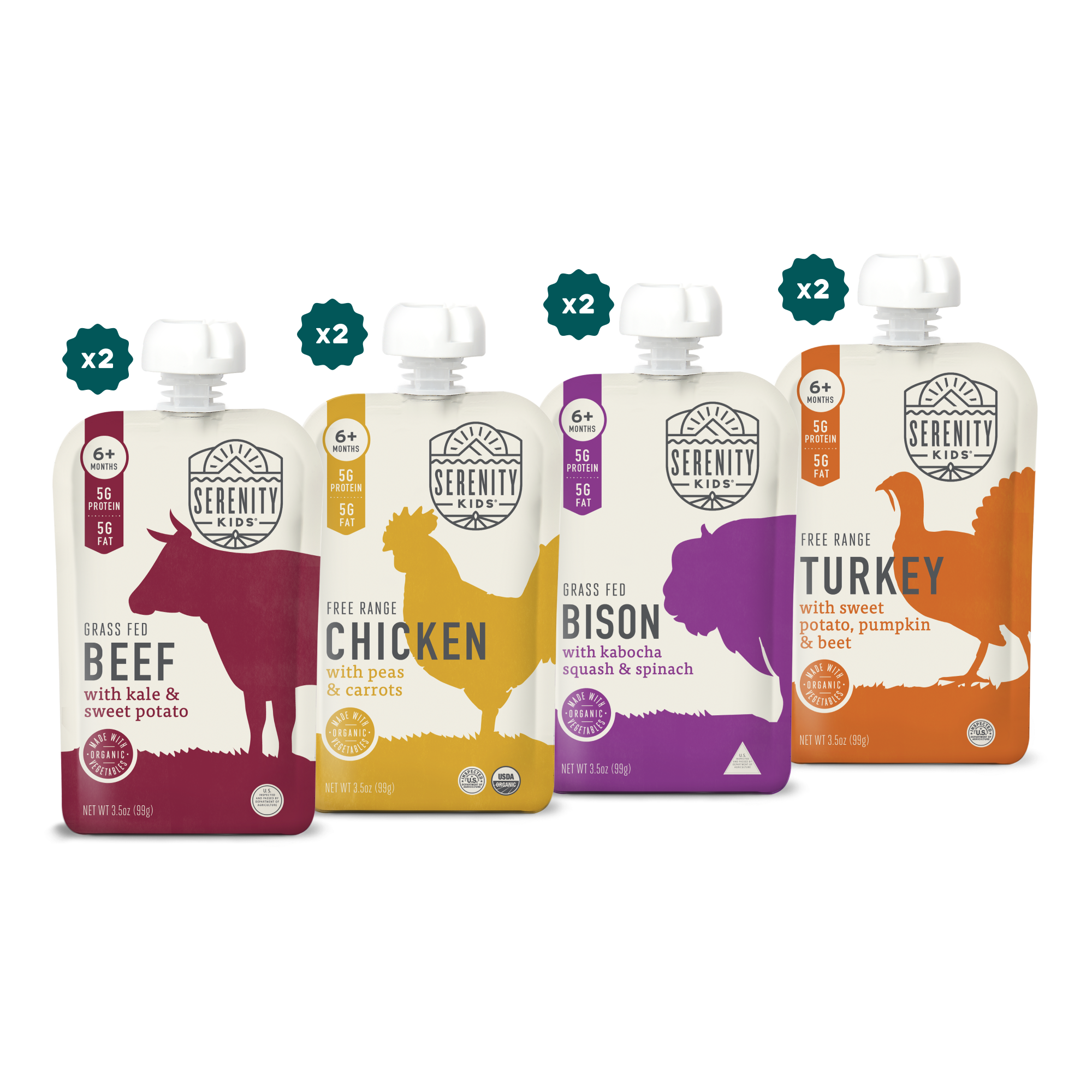By Joe Carr
I thought it was my job as a parent to get as much nutritious food into Della as possible. I filled her plate with large portions of nutrient dense meats and veggies, and shoveled food in her mouth as fast as possible. When she said she was all done, I would try to convince her to eat a few more bites. If she threw food, dumped over her plate, or vigorously shook her tray, I would tolerate it and just keep feeding her. If she insisted on getting down before the food was gone, I followed her around putting bites in her mouth until it was gone. I even started bribing her with a bath (her current favorite thing) if she finished her food.
Apparently, this was all wrong!
First of all, I was violating her. What if someone locked you in a chair and insisted you eat when you didn’t want to? Or followed you around shoveling food in your mouth? Even our pets feed themselves. I was treating Della like a plant that I must feed and water for it to grow. When in reality, she’s a person who gets hungry, enjoys good food, and will happily eat as much as she needs to.
I was also unconsciously encouraging mindless eating. By feeding her while she played, or bribing her with a bath I was teaching her that she should not pay attention to her food, and eat for reasons other than because she’s hungry. Not habits I want her to have!
Janet Landsbury’s Unruffled Podcast on this subject blew my mind. Turns out it isn’t my job as a parent to make sure Della eats. It’s my job to offer healthy foods and let her decide when and how much she eats. Janet outlines a clear strategy on how to do this.
Guidelines for Healthy Mealtimes:
-
Serve meals seated in a designated area
It is essential toddlers learn intentional eating. They need to sit still in a designated area and eat while not doing anything else. As parents we must insist on this to create healthy mealtime habits. If they throw food or try to get up, let them know their behavior means they are done eating and take the food away. If their meal is taken away before they are full, they will quickly learn to stop these behaviors.
-
Offer food often
If you’re like me, you might worry that they didn’t actually eat enough. Let them play for a while and then ask again if they’d like to eat. If they say yes, bring them back to the designated eating area and repeat step one.
-
Give them your full attention.
Toddlers need all of our attention while eating and we will likely not be able to eat along with them. We need to monitor their behavior closely to determine when they’re finished, before they start throwing food or dumping their plate in order to get our attention.
-
Trust them to eat enough
For some reason this is a really tough one for me! But ultimately Della is very clear when she is hungry, what she wants to eat, and when she is done. If she only eats 5 green beans and says she’s done, I have to remember that her fast-growing body needs different things at different times. If she wants meat later, I need to trust that she’ll ask for it.
-
Snacking and Pouches
Janet says these don’t need to be treated as formally as regular meals, but it is still good for the child to sit down and eat them, rather than eating them while playing. We started mandating Della at least stand in her tower to eat a pouch to avoid the mess.
Ultimately our most important job as parents is to set our children up for a lifetime of healthy eating by encouraging a positive relationship with food. Eat when you’re hungry, stop when you’re full, and trust your body to know what it needs. As long as we limit access to foods that are hyper-palatable and addictive like sugar and processed foods, their intuition will guide them without fail. Additionally, you can also read our division of responsibility tips here.
How to Transition
Since Della was used to my old way of forced-feeding it took us time to transition our mealtimes. Before each meal I said, “We’re going to be eating a little differently now. You're going to decide what and how much you eat. Let me know when you’re done and mealtime will be over. If you throw food or try to get out of your chair I’ll know you’re done and mealtime will be over.” And then I had to follow through! Again and again. And she learned quickly!
Now Della sometimes eats less volume than she did before, and may not eat the perfect ratio of meat and veggies at every meal, but she feeds herself easily, doesn’t throw food, and tells me when she’s done. I am much less stressed about feeding her, and I know that she is learning good food habits to last a lifetime.
I’d love to hear you’re feeding stories and how you do it!




